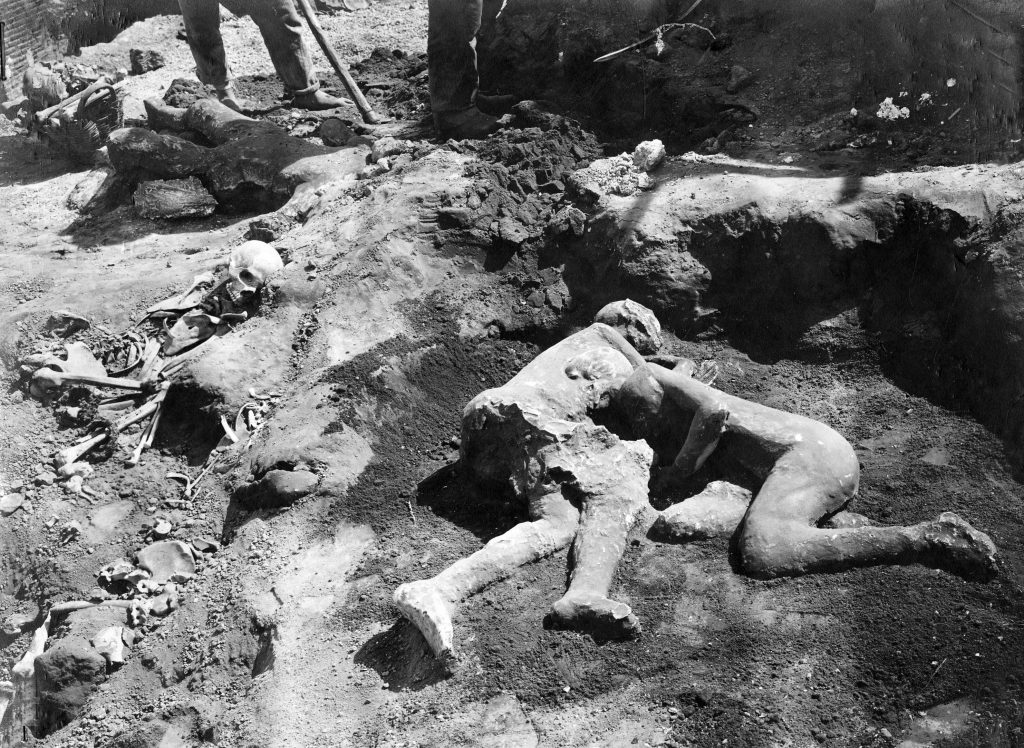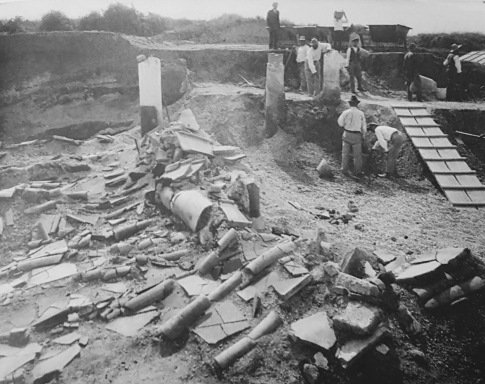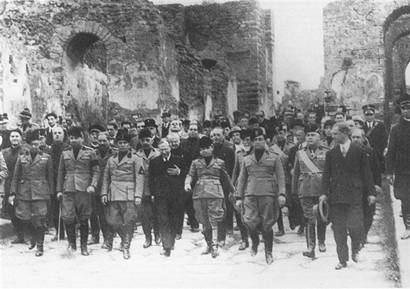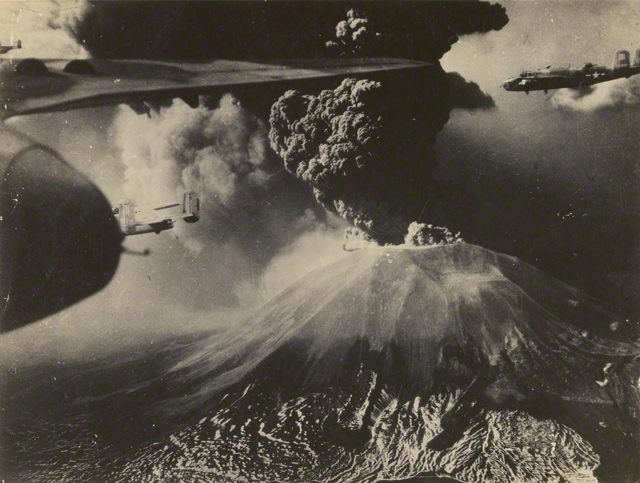Breaking New Ground
“…a superior tool to depict ancient cities and works of art…Photography has had a profound impact on the perception and dissemination of ancient art…” 1

As photography became more available to the public, it began to be used by hobbyists and scientists alike as an everyday tool. In the years after Giuseppe Fiorello was Director of Excavations at Pompeii, his successors took on his goals and new methods for excavations including the use of photography. One of these successors, Vittorio Spinazzola, who took over as Director of Excavations at Pompeii from 1910 to 1923, pioneered the excavation of Via dell’Abbondanza (Street of Abundance), the main road running through Pompeii. His Nuovi Scavi (new excavations) began in 1911 with a half kilometer of the street excavated.2The method of excavation followed Fiorelli’s system of excavating in layers. However, Spinazzola decided to excavate below the 79AD level. Spinazzola documented extensively the excavation with photography.



In September 1943, Pompeii and the Bay of Naples were repeatedly bombed by the allies in an operation called ‘Operation Avalanche’ and was part of the allied advance to liberate southern Italy from Nazi Germany. The bombing was meant to disrupt German resupply lines on roads, railways, bridges, and overpasses located near the archaeological site of Pompeii. The bombings by American and British fighters caused destruction throughout the site at famous monuments and the museum.7 Following the destruction, photographic archives were used to help rebuild what had been damaged helping to preserve the site for future generations. However, these repairs have been controversial. Many of the structural issues at Pompeii today have to do with the quick repairs down during Maiuri’s time.



← Previous
Next →
- Benjamin, Walter. The work of art in the age of mechanical reproduction. United States: Prism Key Press, 2010. ↵
- “Archaeology.” Pompeii and Herculaneum Revision. Accessed March 22, 2017. http://pompeiiandherculaneumcc.weebly.com/archaeology.html. ↵
- “AIA Lecture Abstract – Excavation Photographs and the Rediscovery of the Via dell’Abbondanza at Pompeii.” AIA Lecture Abstract – Excavation Photographs and the Rediscovery of the Via dell’Abbondanza at Pompeii. Accessed March 22, 2017. https://www.archaeological.org/lectures/abstracts/2665. ↵
- “Wabash professor explores photography’s impact on Pompeii excavation, Oct. 5.” Wabash professor explores photography’s impact on Pompeii excavation, Oct. 5 NEWS of the College of Arts & Sciences at Syracuse University. Accessed March 22, 2017. http://asnews.syr.edu/newsevents_2011/releases/pompeii_lecture.html. ↵
- Campbell, Virginia L., Dr. “Unpeopling the Past.” Pompeian Connections. February 22, 2016. Accessed April 10, 2017. https://pompeiinetworks.wordpress.com/2016/02/22/unpeopling-the-past/. ↵
- “Archaeology.” Pompeii and Herculaneum Revision. Accessed March 22, 2017. http://pompeiiandherculaneumcc.weebly.com/archaeology.html. ↵
- “The Last Days of Pompeii: Destruction in World War II (Getty Villa Exhibitions).” The Last Days of Pompeii: Destruction in World War II (Getty Villa Exhibitions). Accessed March 22, 2017. http://www.getty.edu/art/exhibitions/pompeii/destruction.html. ↵